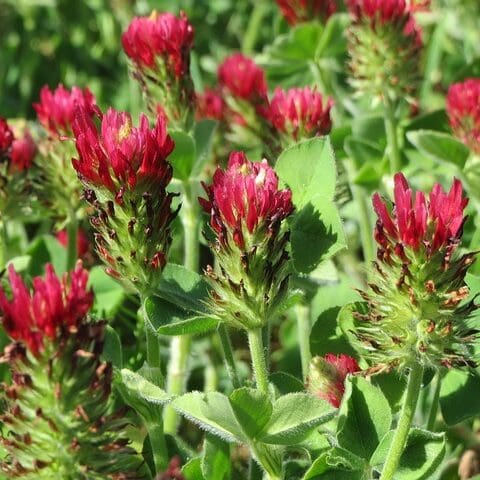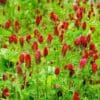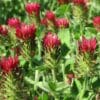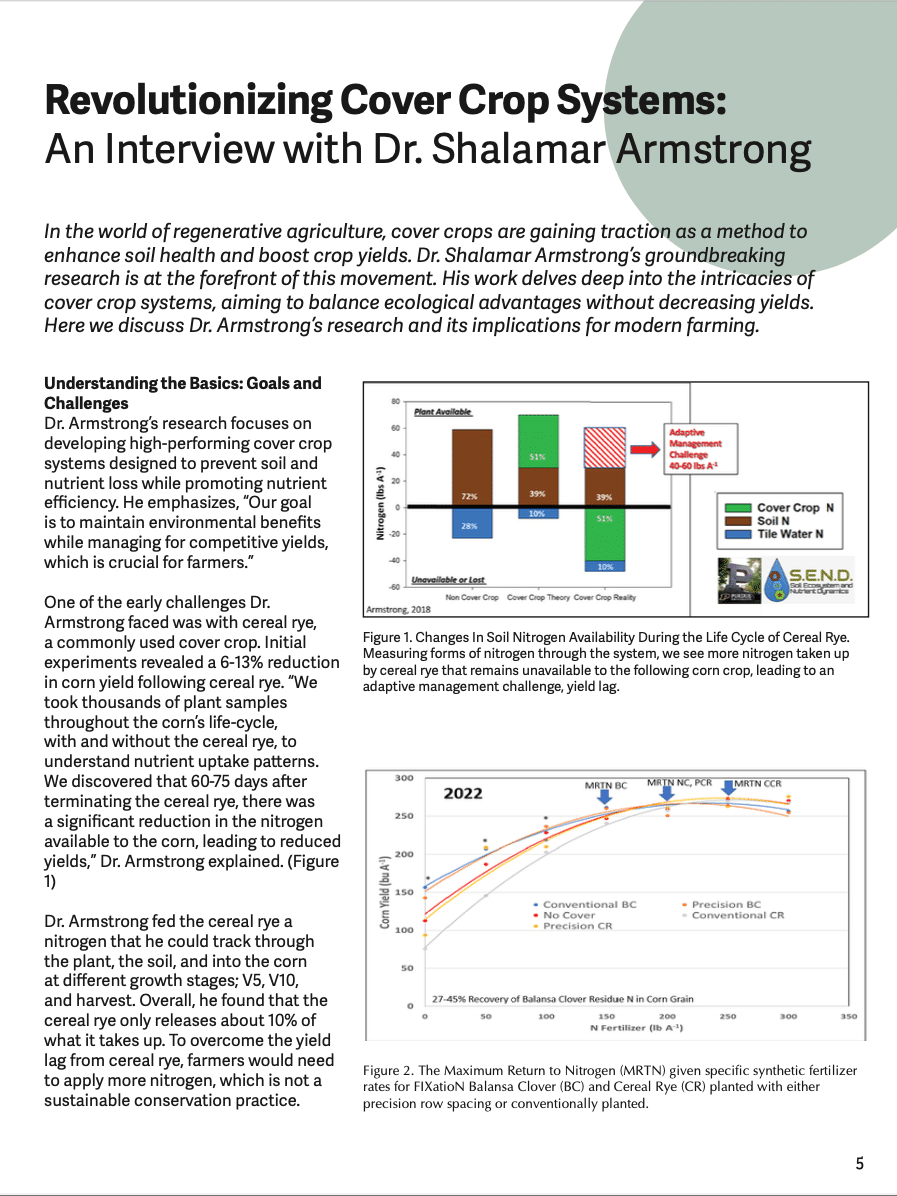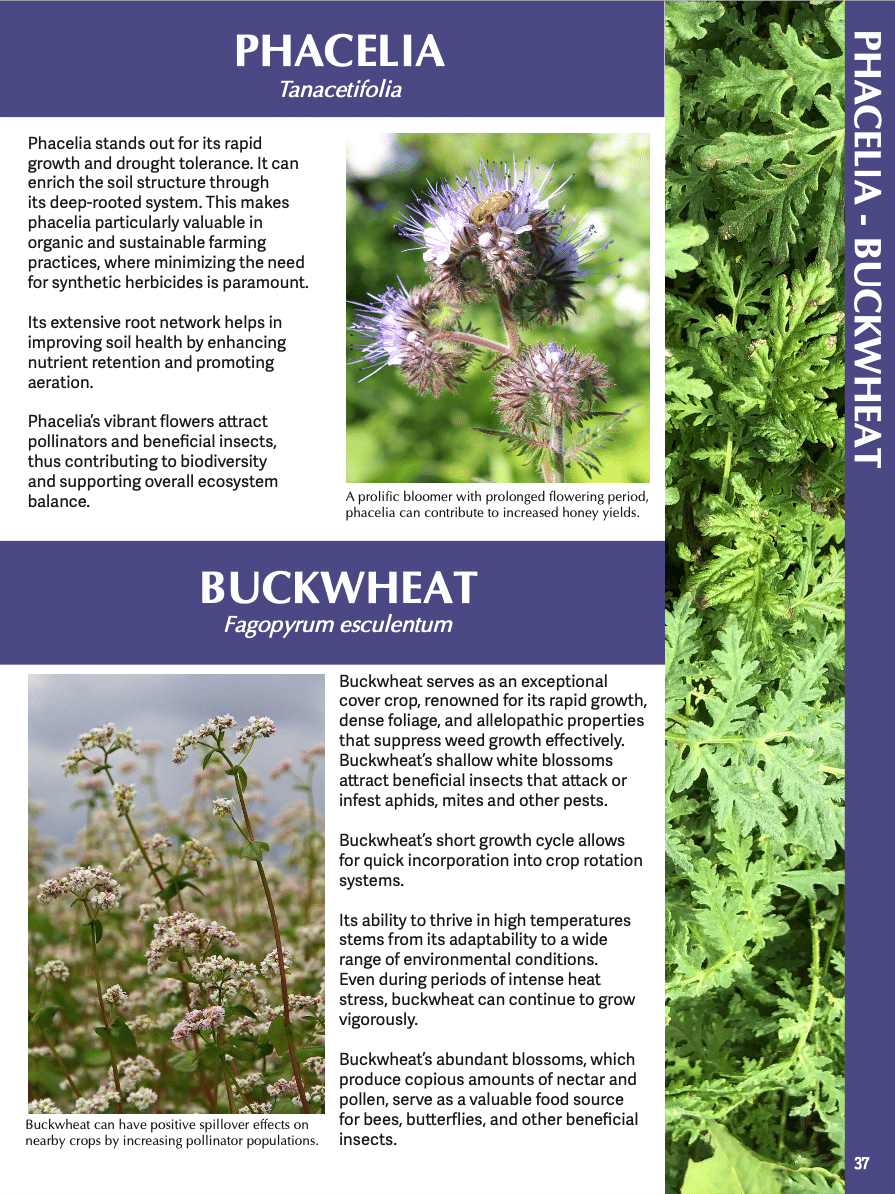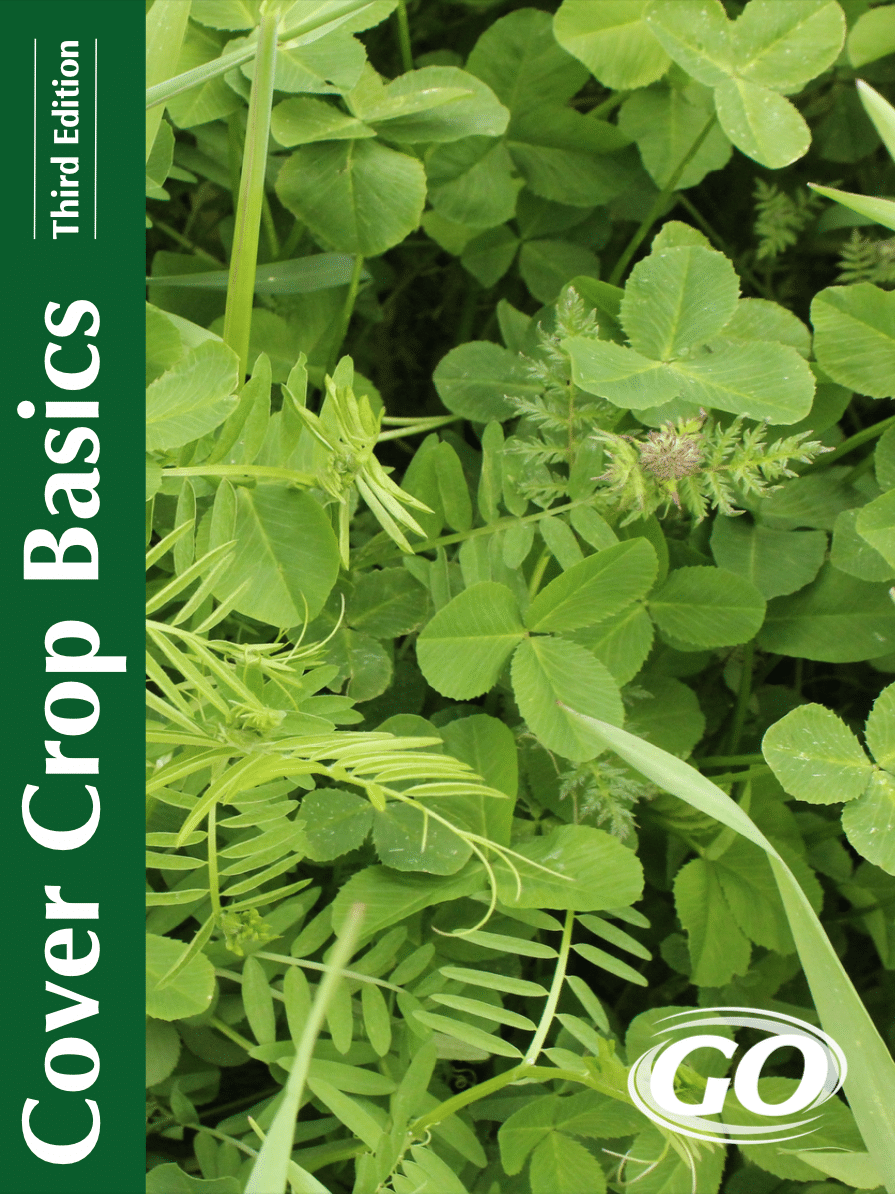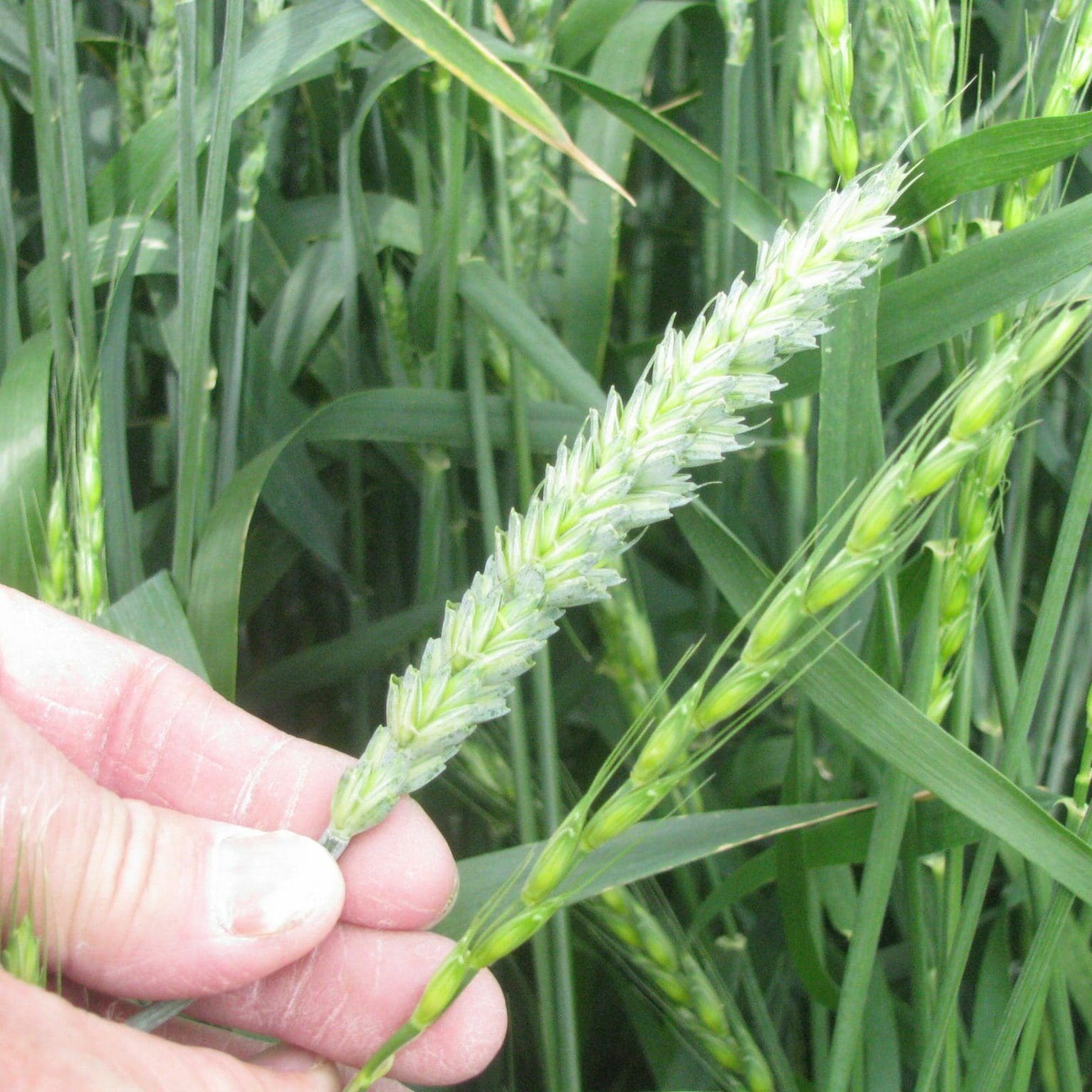Min. to Max. Annual Precipitation
36in.
Average Max. Height
Crimson Clover has a rapid, robust growth for early spring nitrogen for full-season crops. Does well in fall growing season as well as cool areas in the summer. Commonly used for roadside vegetation, pastures, and erosion control sites. Planting clover with a grass or small grain is an excellent cover crop option for erosion and weed control as well as offering the ability to be grazed. Will grow well in about any type of well drained soil, especially sandy loam.
Crimson clover (Trifolium incarnatum) is a winter and/or summer annual with rapid, robust growth for early spring nitrogen for full-season crops. This clover does well in fall growing season as well summer (in cool areas). Because of this clover is a top choice for short-rotation niches as a weed suppressing green manure. Its spectacular beauty when flowering keeps it visible even in a mix with other flowering legumes and is commonly used for roadside vegetation, pastures, erosion control sites, and more!
Crimson clover will winter kill in the northern states most years, but should overwinter in the south. Deep set roots improve soil tilth and overall soil condition. Planting clover with a grass or small grain is an excellent cover crop option for erosion and weed control as well as offering the ability to be grazed.
Description
Crimson clover (Trifolium incarnatum) is an introduced winter or summer annual. The leaves and stems resemble those of red clover. The difference between the two the leaves are round-tipped with more hair on the stems and leaves on crimson clover compared to red clover. Seedlings grow rapidly from the crown forming a rosette. This rosette enlarges as weather becomes favorable. In the spring, the flower stems develop rapidly and end their growth with long, pointed conical flower heads.
Establishment & Fieldwork
In general, plant before or after all danger of frost. Inoculate clover if it hasn’t been grown before. Crimson clover will grow well in about any type of well drained soil, especially sandy loam. It may fare poorly on heavy clay, waterlogged, extremely acid or alkaline soils. Once established, it thrives in cool, moist conditions. Dry soil often hinders fall plantings.
***Click on the “Quick Plant Facts” tab above for more information.
Crimson Clover NRCS Fact Sheet and Plant Guide
Crimson Clover NRCS Fact Sheet and Plant Guide
PDF version of NRCS Plant Guide & Fact Sheet
Prepared By & Species Coordinator: USDA NRCS Plant Materials Program
Cover Crop Basics
An informative, authoritative guide to cover crops. Very comprehensive, and covers all geographic regions of the USA. Published by GO Seed.
Who is Great Basin Seed?
Great Basin Seed is a seed company that specializes in seed sales and consultation for home, ranch, farm, range and reclamation. We have been a leader in the seed industry since 1974.
Our History
We've been in the seed business since 1974.
What We Offer
We offer seed for home, farm, ranch, range and reclamation projects.
Meet the Gang
We have the best employees in the world! We are proud of the work they do, and trust them to serve you!
Right: Company founder Lloyd and his wife Paula Stevens in a wildflower seed production field circa 1977
Helpful Links
Additional information about this product can be found on the academic websites linked below.
Synonyms
Many plants have more than one common and scientific name. We've listed a few of them below.
- Crimson Clover
- Trifolium incarnatum
- Italian Clover
Quick Plant Facts
| Common Name: | Crimson Clover |
|---|---|
| Scientific Name: | |
| Lifespan: | |
| Origin: | |
| Plant Type: | |
| pH Tolerance: | |
| Seeds per Pound: | |
| Growth Height: | |
| Root Form: | |
| Planting Rate: | |
| Min. Precipitation: | |
| Best Time to Sow: | |
| Max Sowing Depth: | |
| Growth Season: | |
| Sun & Shade Tolerance: | Full sun, Partial shade |
| Elevation of Occurance: |

